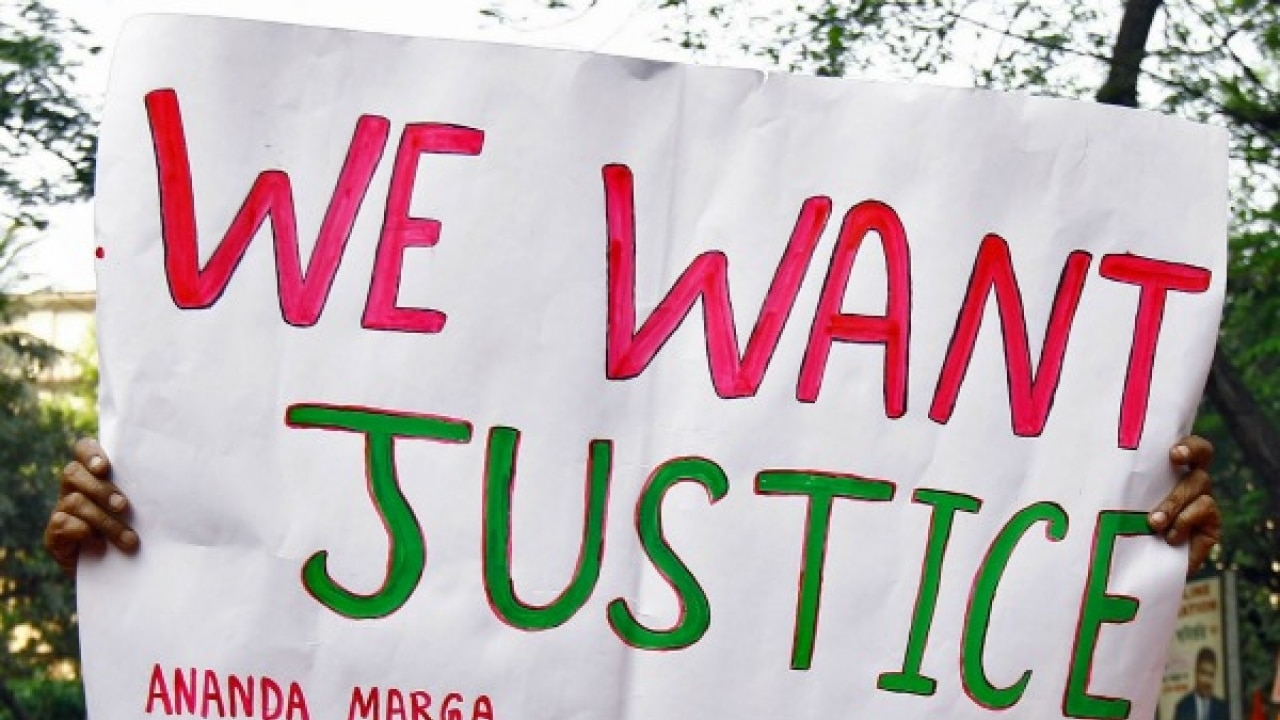
Normally, the murder of five poor persons (including two women) belonging to the one family of scheduled-caste origin would create some furore in West Bengal with politicians cross the board and media competing in their solidarity. Savarna ‘progressives’ of various hues would compete to lead the outrage, lest their ‘traditional’ self-appointed spokespersonhood came under threat. That wasn’t the case with the riots in Juranpur of Nadia district, West Bengal. The murderers, in this case, were Muslims. The governing party of West Bengal and the principal opposition party are silent, ostensibly for ‘communal harmony’. Major Bengali media organisations, with few exceptions, haven’t reported it. This conspiracy of silence has a past.
When some Islamist organisations rallied nearly 1 lakh people in Kolkata to protest the trial of 1971 war criminals in Bangladesh, this silence was at full display, again with honourable exceptions. These sociopaths were protesting the trial of Pakistan’s Bengali Islamist collaborators. They were responsible for tens of thousands of murders, tortures, rapes, arsons, forced conversions, kidnappings and loot, at a scale unprecedented in Bengal (Hindu Bengalis predictably over-represented among the victims along with a huge number of Muslim victims). In Kolkata, the ‘city of processions’, the largest public assembly about Bangladesh was in support of these scum-of-the-earth war-criminals. The political calculation that demands silence about Juranpur, Canning and Deganga riots has ensured a certain rot in inter-communal situation in West Bengal’s Bangladesh border districts. When certain other flowers slowly start blooming in this rotten cesspool, some cry ‘fascism’. The blind-spots, tactical silences and alliances of the principal non-communal political parties of West Bengal will cost the ever-delicate communal situation of this post-partition region very dearly in the long-term. Elsewhere, the communal cauldron is being actively stirred with partition-era Hindu Bengali riot-specialists like Gopal Patha being commemorated as heroes in certain quarters.
The Juranpur riots are telling. On May 4, some people were returning from an annual mela of Dharmaraj (not the Vedic god Yama’s alter name Dharma), a god who is largely revered by non-savarnas of the region and whose priest class is also typically non-savarna. The procession was passing by a mosque. What happened next has happened many times in the subcontinent. Who attacked first is typically a contested version, but it wasn’t a one-sided affair. The list of victims summarises the balance of fighting forces.
Hindu communalists shout that ‘Mamtaz Banoo’ (Mamata Banerjee) and her ‘Total Muslim Congress’ (TMC – Trinamool Congress) have surrendered to jihadists. While this is a idiculous and hate-mongering charge, the TMC’s Muslim heart and mind management team include elements like Idris Ali (presently MP and booked for rioting in the past) and Haji Sheikh Nurul Islam (former MP and alleged to be associated with the 2010 Deganga riots) and assorted non-Bengali origin Urduwallahs. This is damaging and disrespectful to West Bengal’s Muslim Bengalis, who are pitifully poor and discriminated against. When a party chooses the worst sectarian elements to represent a community for tactical gains, it also ends up painting its political constituency in an ideological shade that doesn’t help ‘communal harmony’ cause, to say the least. Grass roots organising around issues that connect the oppressed across religious lines while not being patronising about the lived categories of the oppressed is not something that seculars and their ‘intelligentsia’ seem to be interested in. In the Nadia riots, all the murdered belong to the ‘majority’ community – something unthinkable in East Bengal. Houses were destroyed on both sides. False equivalences between the minority situations in West and East Bengal doesn’t fool anyone. When murder of poor people elicits different responses, silences, solidarity and indifference based on who did the killing, we have a problem.
The author comments on politics and culture @gargac